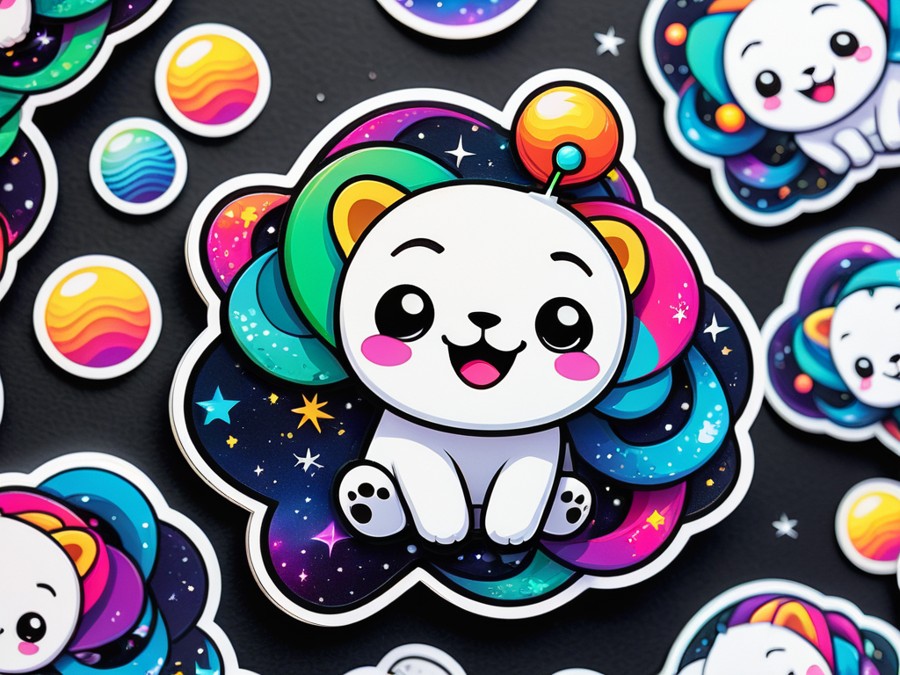· Charlotte Will · Connectors & Adapters · 6 min read
What is a HDMI to DisplayPort Adapter and When Do You Need One?
Discover the benefits and uses of an HDMI to DisplayPort adapter. Learn when you need one, how to choose the right adapter, and real-life scenarios where it shines.

In the ever-evolving world of technology, understanding different cables and adapters can be quite challenging. Among the many adapters available, the HDMI to DisplayPort adapter is one that can greatly enhance your visual experience. But what exactly is it, and when do you need one? Let’s dive in!
Understanding HDMI and DisplayPort
What is HDMI?
HDMI, or High-Definition Multimedia Interface, is a digital interface widely used for transferring video and audio data between devices. It’s commonly found in televisions, gaming consoles, Blu-ray players, and even computers. HDMI supports high-definition resolutions up to 4K, making it a popular choice for home entertainment systems.
What is DisplayPort?
DisplayPort, on the other hand, is a digital display interface developed by the Video Electronics Standards Association (VESA). It’s designed to transmit both video and audio signals from a computer to a display device. DisplayPort is particularly known for its high-bandwidth capabilities, supporting resolutions up to 8K and beyond.
Key Differences Between HDMI and DisplayPort
- Resolution Capabilities: While both support high resolutions, DisplayPort can handle higher resolutions than HDMI.
- Bandwidth: DisplayPort generally has a higher bandwidth, which is crucial for transmitting large amounts of data.
- Audio Support: HDMI has built-in audio support, while DisplayPort requires additional software for audio transmission.
Why Use an HDMI to DisplayPort Adapter?
Compatibility Issues
If you have an older monitor with only HDMI inputs and a newer device that only supports DisplayPort, an adapter becomes essential. It bridges the gap between different interface standards, ensuring you can use your devices seamlessly.
Enhanced Resolution
DisplayPort supports higher resolutions and refresh rates. By using an HDMI to DisplayPort adapter, you can take advantage of the superior capabilities of DisplayPort.
Improved Performance for Gaming
For gamers, every millisecond counts. DisplayPort offers lower latency and better synchronization compared to HDMI, which can significantly enhance your gaming experience.
When Do You Need an HDMI to DisplayPort Adapter?
Upgrading Your Monitor
When you decide to upgrade your monitor to a newer model that supports DisplayPort, an adapter ensures that your older HDMI-equipped devices can still connect to it.
Connecting Gaming Consoles
Gaming consoles often come with HDMI outputs. If you have a newer gaming monitor that only supports DisplayPort, an adapter is necessary to connect your console.
Using Newer Laptops
Modern laptops are increasingly equipped with DisplayPort. If you need to connect your laptop to an older HDMI-only monitor, an adapter will be crucial.
Choosing the Right HDMI to DisplayPort Adapter
Factors to Consider
- Length of the Cable: The length of your adapter cable should be long enough to comfortably reach from your device to the monitor.
- Build Quality and Durability: Investing in a well-built adapter ensures longevity and reliability.
Popular Brands
Brands like AmazonBasics, Cable Matters, and StarTech offer high-quality adapters that cater to different needs. Make sure to choose one that suits your specific requirements. For more insight, check out our article on What is a USB Hub and Why Do You Need One?.
How to Use an HDMI to DisplayPort Adapter
Step-by-Step Guide
- Plug the HDMI End: Connect one end of the adapter to your device’s HDMI port.
- Plug the DisplayPort End: Connect the other end to your monitor’s DisplayPort input.
- Power On: Turn on both devices and switch to the correct source.
Troubleshooting Common Issues
- No Display: Ensure all connections are secure and that your devices are turned on.
- Poor Quality: Check if the adapter supports the resolution you’re trying to use. If not, consider upgrading your adapter.
Benefits of Using an HDMI to DisplayPort Adapter
Improved Visual Quality
DisplayPort offers enhanced color accuracy and depth. By using an adapter, you can enjoy a more vibrant and detailed visual experience.
Better Audio Integration
While HDMI has built-in audio support, DisplayPort provides superior audio quality. When using an adapter, you can benefit from high-fidelity sound, making movies and games more immersive.
Common Misconceptions About HDMI to DisplayPort Adapters
Performance Drawbacks
Many people believe that using adapters can degrade performance. However, high-quality adapters are designed to minimize any loss in data transmission, ensuring no noticeable difference in performance.
Real-Life Scenarios Where HDMI to DisplayPort Adapters Shine
Gaming Setup
For competitive gamers, every advantage counts. Using a DisplayPort adapter can provide lower latency and better synchronization, which is crucial for fast-paced games.
Home Theater Systems
Integrating modern devices with older home theater setups can be challenging. An adapter allows you to connect your new streaming device or gaming console to an older HDMI-only projector or TV.
Future-Proofing Your Setup with HDMI to DisplayPort Adapters
Technological Advancements
As technology advances, the demand for higher resolutions and faster refresh rates increases. Using a DisplayPort adapter ensures that your setup is ready for future technological advancements, allowing you to enjoy the latest in visual and audio quality.
Conclusion
An HDMI to DisplayPort adapter is an essential tool for anyone looking to enhance their visual experience. Whether you’re upgrading your monitor, connecting gaming consoles, or using newer laptops, an adapter ensures compatibility and improved performance. By choosing the right adapter and knowing when to use it, you can future-proof your setup and enjoy the best in visual and audio quality.
FAQs
FAQ 1: Can an HDMI to DisplayPort adapter affect my internet connection?
No, HDMI and DisplayPort adapters are solely for transmitting video and audio signals. They do not affect your internet connection in any way.
FAQ 2: What is the ideal length for an HDMI to DisplayPort cable?
The ideal length depends on your setup. For most home setups, a 6-foot cable is sufficient. However, if you need more length, ensure the cable supports the resolution and refresh rate you’re using.
FAQ 3: Can I use a DisplayPort to HDMI adapter in reverse?
Yes, you can. Most adapters are bidirectional, meaning they can be used to convert signals in either direction. However, always ensure that your devices support the connection you’re trying to make.
FAQ 4: Are there any drawbacks to using an HDMI to DisplayPort adapter?
High-quality adapters minimize any loss in data transmission. However, if you’re using a low-quality adapter or one that doesn’t support your resolution, you might experience performance issues.
FAQ 5: Where can I buy a reliable HDMI to DisplayPort adapter?
Reliable adapters can be found in electronics stores and online retailers like Amazon. Brands like AmazonBasics, Cable Matters, and StarTech offer high-quality adapters. Be sure to read reviews before making a purchase to ensure you’re getting the best product for your needs.




